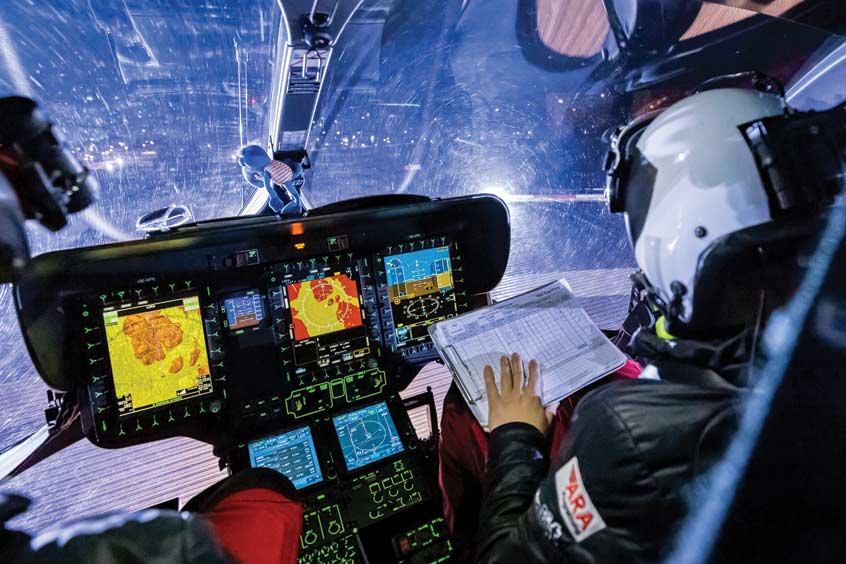Why visit ACE ’25?

Austria-based non-profit aeromedical company ARA Flugrettung took off with its three emergency doctor helicopters for a total of 1,370 missions in the first half of 2022. This represents an increase of 440 missions compared to the previous year.
Part of this significant increase, 197 operations, can be attributed to the new winter location of Nassfeld in the Carinthian region.
“But even without Nassfeld, the increase in deployment is almost 26 per cent. Never before have our helicopters been in the air more often in the first half of the year to save lives,” says managing director Thomas Jank.
Deputy managing director Andreas Grießer says there are two main reasons that have led to this significant increase in rescue flights: "On the one hand, there were almost as many alpine accidents last winter as in the times before the pandemic, and on the other hand, our extended service is being used more and more frequently by the emergency control centres.”
Nighttime operations have increased by around 50 per cent compared to the same period in 2021, up to 187 missions. But while the number of emergency medical aids from the air is constantly increasing, support from the public sector, which is responsible for providing adequate emergency medical care, is tending to decrease.
"The considerable costs for the extension of working hours in order to save lives even in the dark should only be partially compensated, and there has been no substantial compensation for the skyrocketing fuel prices to date," Jank points out.
ARA Flugrettung is proud of the fact that its seasonal station at Nassfeld in Carinthia was able to establish itself as an important emergency medical supplement in the Gail, Lesach and Gitschtal region in its first season. It is currently still unclear whether this sometimes life-saving supplement will be available to the people of the region again next winter.
“In any event, ARA is ready. The necessary official procedure will be started in the next few days. But if everything goes halfway right, we are confident that the ARA-3 will soon take off from Nassfeld again,” says Jank.
ARA air rescue will soon have reason to celebrate. On 10 September 10th, Covid permitting, there will be a party in Reutte, Tyrol to mark the 20th anniversary of the station there.
There are currently 94 people working for the non-profit ARA air rescue service: 13 pilots, 13 winch operators (HEMS-TC), 19 air rescuers, 39 emergency doctors and seven administrative staff. In its two permanent bases at Fresach and Reutte, four-man crews (pilot, winch operator, flight rescuer, emergency doctor) are flying, and these can be supplemented with other special forces (mountain rescuers, specialists, intensive care nurses and dog handlers for avalanche operations) if necessary. A three-person crew works at Nassfeld in winter.